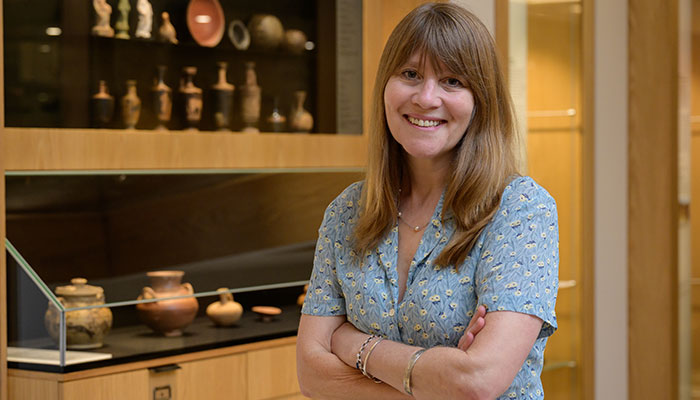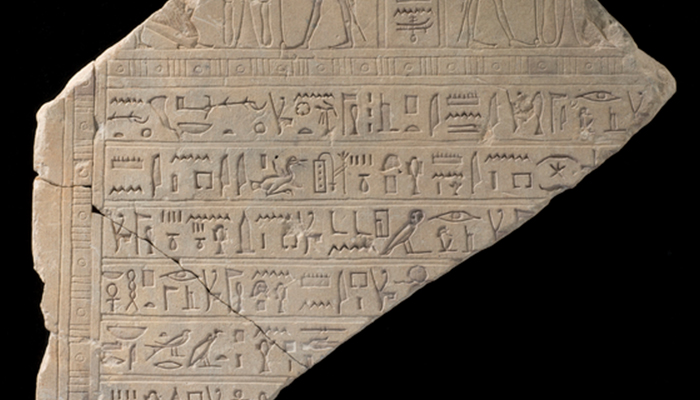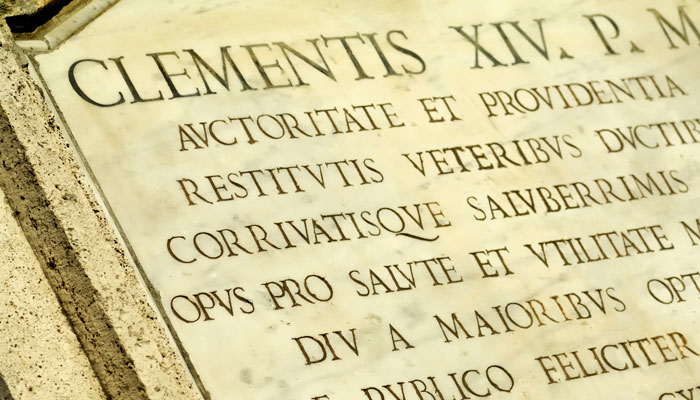Our modern shopping obsession is clearly not a new phenomenon, says Professor Ray Laurence, an award-winning author and Macquarie University Professor of Ancient History. Archaeologists have found the first evidence of streets lined with permanent shopfronts – as distinct from temporary market stalls – in the Italian city of Pompeii dating back to 200 BC.
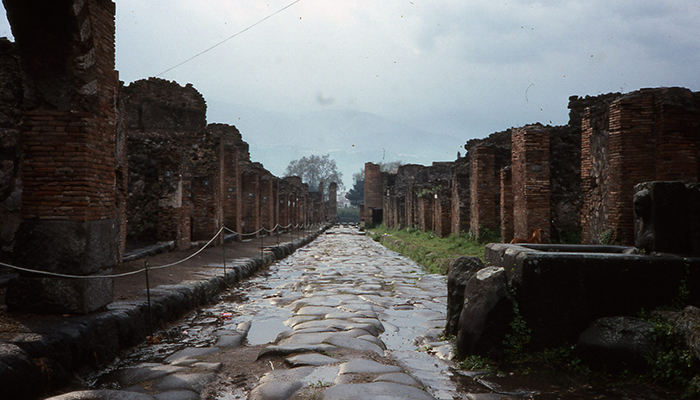
The road to retail: Via Stabia, a street in Pompeii lined with evidence of permanent shopfronts.
“From the excavations, we suddenly see shops appearing in around the second century BC for the first time in Pompeii,” he says. “You can tell they are shops by the slotted shuttered doorways – so the shop owner would close the shutters each night and then each morning open the wide shopfront window to the street. This phenomenon spread later across the Western Roman Empire.”
Laurence will discuss the latest global research that reveals the extent of shopping in ancient Pompeii at a lecture at the Ancient History Teachers Conference held at the Art Gallery of NSW on Monday May 6.
Further excavations at Pompeii have exposed a master street plan for the city destroyed in the 79 BCE eruption of Vesuvius. Streets lined with shops were a distinct development in Roman society, Laurence says. Ancient Greeks never developed shops and continued with their tradition of marketplaces while in the Roman world, butchers, bakers and other artisans got pushed out of the marketplace into surrounding streets.
Wealthy Pompeiians would build four or five shops on the ground level in front of their homes. “What we don’t understand is why they would do it. We think it might have been a way to attract people to look at and admire their homes,” Laurence says.
It’s like the model for places like Trump Towers; drawing attention to Trump as a person by putting a shopping mall at the bottom of his towers which will attract lots of people.
The shops in Pompeii sold a variety of products including pots and pans, cushions and other textiles, bread, wine, fast food snacks, fruit and vegetables. Discovery of equipment used to make, measure or store products is how archaeologists determine the type of shop, Laurence says.
A bakery, for example, had its own mill with large stones to grind grain and ovens out the back so bakers could make fresh bread on the premises and sell it directly to consumers. Metal workshops made household items such as pots and pans or bronze drinking vessels. Carpentry workshops made furniture. A sculpture now in the collection of the Uffizi Museum in Florence depicts a Pompeian cushion seller.
The discovery of marble bar counters shows that an alcohol-drinking and fast-food culture developed roughly from about 50 BCE with more than 140 small bars and cafes found across Pompeii.
- Mystery of stolen Egyptian artefact cracked by hieroglyphs
- Carpe Diem: Adults learn Latin in rising numbers
Laurence says marble itself was a rare material. “A lot of the bar counters are made of marble pieces recycled from other projects, so they look like crazy paving with different colours and shapes put together.” The bar counters had pottery jars sunk into them for storing food or wine and to keep it cool.
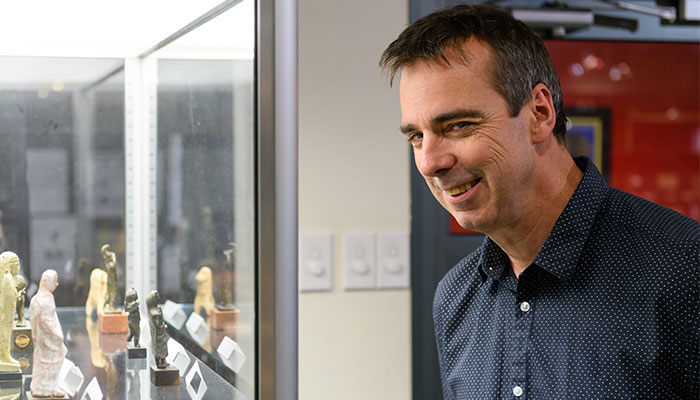
Search for answers: Professor Ray Laurence says scholars are not yet sure why Pompeiians built shops in front of their homes.
At the same time, in the first century BCE, excavations of Pompeii shops also illustrate the extent of international trade. Although most wine was local (and according to contemporary historian Pliny gave you the worst hangover), some also came from other parts of Italy, Spain and Greece. Until then, households had previously only had access to the seasonality of locally-grown produce.
Households were male-dominated, but wives would be the main shoppers, Laurence says, accompanied by slaves, children or female relatives. One fresco discovered depicts a scene of Pompeian women bargaining with local shopkeepers. Historians do not know whether women shoppers also frequented the bars and cafes – although they were the gathering place for prostitutes, he says.
His Art Gallery of NSW lecture on shopping is a taster for a new book that Laurence is currently editing, The Cultural History of Shopping Volume 1: Antiquity due to be published by Bloomsbury by the end of this year.

